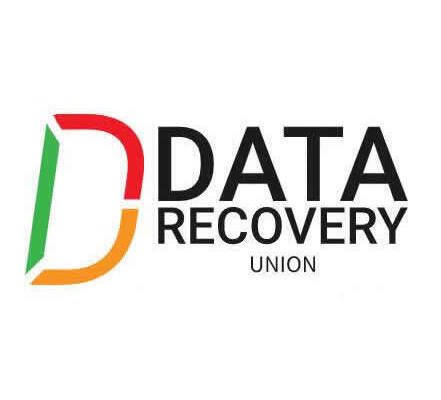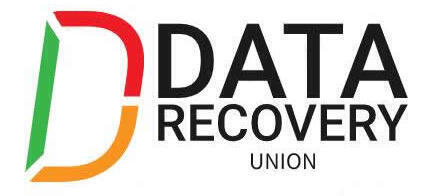
Computer Forensic Services
 CY4OR
CY4OR
CY4OR is a global computer forensics firm providing extensive knowledge and expertise in digital evidence. At CY4OR, we provide a leading edge service combined with a wealth of experience in conducting investigations on a broad range of digital media.
www.cy4or.co.uk- Guidance Software, Inc.
Makers of EnCase, a modern forensic data acquisition and analysis software for the law enforcement community. Computer forensic training available worldwide.
www.guidancesoftware.com - Flashback Data
Offers expert data recovery and computer forensic services for hard disks, tapes, and other media.
www.flashbackdata.com - Renew Data Corp.
Specializes in data recovery and computer forensics, as well as conversions.
www.renewdata.com - Kessler International
International corporate investigations, forensic accounting, brand protection and computer forensics.
www.investigation.com - Sensei Enterprises, Inc.
Legal technology and computer forensics firm offers expert witnesses.
www.senseient.com - DataBank
Emergency services for all types of computer operating systems, disks, tapes, and other media. Also provides electronic forensic investigations.
www.databankservices.com - Fields Associates
Provides computer forensics, expert witness testimonies, and data recovery.
www.fieldsassociates.co.uk - Computer Forensics Inc.
Provider of electronic discovery services and risk control programs.
www.forensics.com - Digital Intelligence, Inc.
Offers forensics hardware and software for law enforcement investigation.
www.digitalintelligence.com - ISFCE Certified Computer Examiner
Certification offered by Key Computer Services and the Southeast Cybercrime Institute at Kennesaw State University.
www.certified-computer-examiner.com - CBL Data Recovery Technologies
Offers data recovery services for all media types and operating systems. Also offers specialized forensic services for legal proceedings.
www.cbltech.ca - CyberEvidence
Provides computer forensics services, including digital data incident response, investigation, and consultation.
www.cyberevidence.com - Burgess Forensics
Providing computer forensics, electronic discovery, and expert witness services including recovery of deleted and hidden files, images, emails, passwords, and Internet history.
www.burgessforensics.com - Intellisec
Intellisec is an independent and privately owned company dedicated to conducting forensic investigation for over 1000 organizations in 49 countries.
www.intellisec.com - OnlineSecurity.com
Provides computer forensics, network security, investigations, and litigation support.
www.onlinesecurity.com - Berryhill Computer Forensics
Provides computer forensics services to law enforcement agencies, attorneys, private investigators, corporations, and small businesses.
www.computerforensics.com - Computer Forensic Training Center Online
Worldwide self paced computer examination training that teaches sound methodology to forensically examine computer media. CEU credits are available through Kennesaw State University. Georgia and partial tuition payment is available through the GI Bill.
www.cftco.com - Center for Computer Forensics
Provides electronic evidence recovery, expert witness testimony, and litigation support services.
www.computer-forensics.net - Key Computer Service
Certified forensic computer examinations and investigations, pasword unlocking, and data recovery.
www.keycomputer.net - Electronic Forensics Investigations, LLC
Provider of computer and cell phone forensics and data recovery services.
www.efinvestigations.com - EvidentData, Inc.
Provides computer forensics and network investigation services, including consulting and training.
www.evidentdata.com - Federal Forensics Group
Specializing in computer forensics and providing court approved litigation support and testimony relating to digital evidence.
www.fedforensics.com - Computer Data Forensics
Data recovery, computer forensics, and data erasure services from Computer Data Forensics. Serves attorneys, individuals, businesses, corporations, and law enforcement clients.
www.computerdataforensics.com - Data Discovery Computer Forensics
Forensic computer examination, electronic discovery, and data recovery for the legal community, corporations, small business, and law enforcement.
www.edatadiscovery.com - Morochove & Associates
Provides computer forensics investigation, expert witness services, and consulting assistance to the legal and business communities.
www.computerforensic.ca - Cyberlab Computer Forensics
Offers forensic computer examinations and investigations, data recovery, password unlocking, and digital discovery for law firms.
www.ccforensic.com - Digital Forensics Canada
Offers computer investigations using forensic methods and tools.
www.digitalforensics.ca - End Of File
Offers data forensics, mobile data forensics, security audits, password recovery, computer forensics, and telephony services.
www.endoffile.co.uk - Computer Forensics New Zealand
Includes virus repair, disk wiping, and paralegal services.
www.data-recovery.co.nz - Eco Data Recovery: Computer Forensics
Eco Data Recovery performs computer forensic investigations for the recovery of deleted hard drive files.
www.ecodatarecovery.com/forensic.html
To add your Computer Forensics Services Link here, please link back to us first and then contact us!
<a href=”https://www.datarecoveryunion.com/computer-forensic-services/”>Computer Forensic Services</a>




